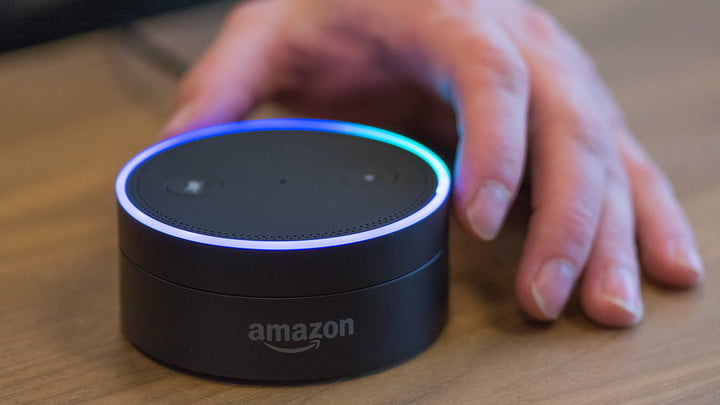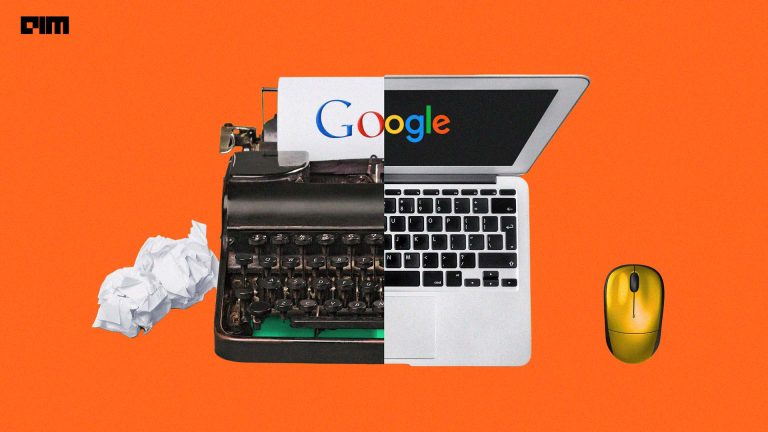On 2 December 2019, Amazon expanded its automatic transcription service for AWS to include support for medical speeches.
Transcriptions can be of many types — for movies and entertainment content, transcribing audio for the hearing impaired, audio for voice-over, etc — but one of the most essential application is in the field of medical practices.
If you have a doctor in the family, you would’ve seen them spend a significant amount of time talking into a recorder about the medical conditions to document them later. And by later, we mean that there is a medical transcriber who the next day or so and ‘transcribes’ the recording into a format that can be documented and archived. Although you can say that the transcriber removes the unnecessary ‘eh’ and ‘uhs’ from the recording, a transcriber does more than that. Effective transcribers need to present the document in an understandable way which obviously takes more time than one thinks. This is where AI comes in handy.
With medical practice adapting more Electronic Health Records (EHR) and health facilities moving towards digitization, the days of handwritten medical notes won’t survive for long. Augmenting AI in the transcriptions brings more efficiency to the healthcare sector.
“A medical transcriptionist spends 6+ hours to create medical records.“
AI saves transcription time because, on average, a medical transcriptionist spends around 6 hours to make medical records. And let’s be honest, when it comes to human beings, mistakes are bound to happen, and when it comes to AI, we can all agree there will be fewer mistakes.
Enter Amazon Transcribe Medical
Traditionally, when the physicians need transcription done, they would typically get it many hours after they have recorded their notes into a device. With Amazon introducing its Amazon Transcribe Medical, physicians won’t have to wait a great deal of time (from a medical perspective), as the transcription will happen in real-time.
Because it is in simple terms an audio recording initially, the clinicians do not have to be that vary of how they speak. They can use their natural voice and do not have to call out ‘comma’ and ‘full-stop’ explicitly.
Amazon transcribe, which is HIPAA-eligible (Health Insurance Portability and Accountability Act of 1996), uses machine learning to provide a highly accurate transcription in real-time that happens between the doctor and the patients too. Now, this information is valuable upon reviewing it as and when needed.
Technical Point of View
As the audio input is transcribed, the text is fed applications like EHR systems or to Language services like Amazon Comprehend Medical for keyphrase extraction.
When you capture audio using a microphone or whichever device with a microphone you use, you send the Pulse Code Modulated audio to a streaming API based on protocol Websocket. The API will respond to a series of JSON binary large objects (blobs) with transcribed text as well as punctuations, time-stamps, etc. You can save this data to an Amazon S3 bucket.
Quick Demo: Below used medical texts from MT Samples and using a streaming application modified for Transcribe Medical which you’ll be able to do as well in AWS console.
The Benefits You Get
- Natural Speech:
With Transcribe Medical physicians don’t have to pause for notes. Transcribe medical not only supports conversations between only two people or a single person dictation but also between multiple people. Transcribe makes it unnecessary to word out the punctuation with auto-punctuations explicitly.
- Highly Accurate:
Amazon Transcribe is highly accurate; it can transcribe complex medical conversations.
This cuts down on the time that physicians have to take to make notes manually, reducing physician’s fatigue which is typically caused by tedious hours of medical note-taking.
- Lower medical documentation:
Transcribe Medical reduces the cost of human scribe and other traditional medical transcription services. It lets you scale without any hassle while paying for only what you use and no costly licenses.
Outlook
In the wake of Amazon’s Transcribe Medical, one does ponder with the question: does AI need assistance?
With the augmentation of AI in transcription, it is important to note that AI isn’t perfect. AI is still learning, and therefore it could be less accurate when it comes to transcribing special medical terms or abbreviations for that matter.
In the event of new health cases, if the data isn’t updated to the AI, then it might fail to pick it up. And because AI hasn’t been perfect, it would still need assistance, sort of like proofreaders which might be what the human transcribers become going into the future.


















































































